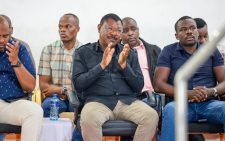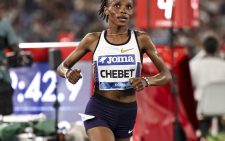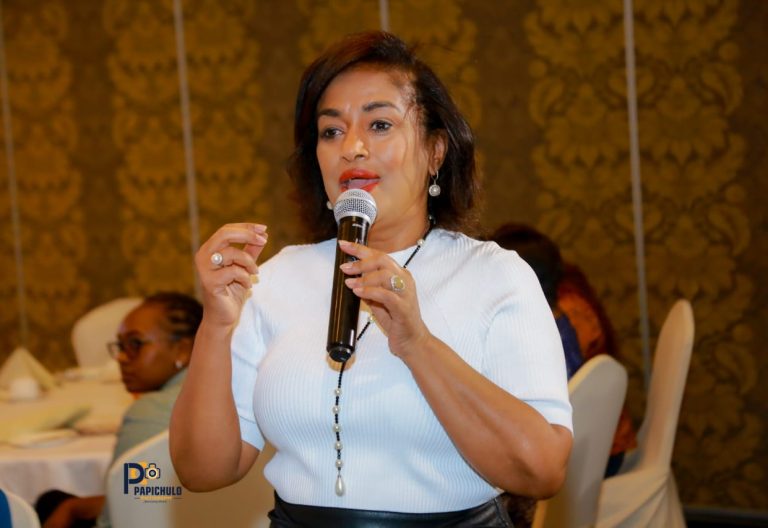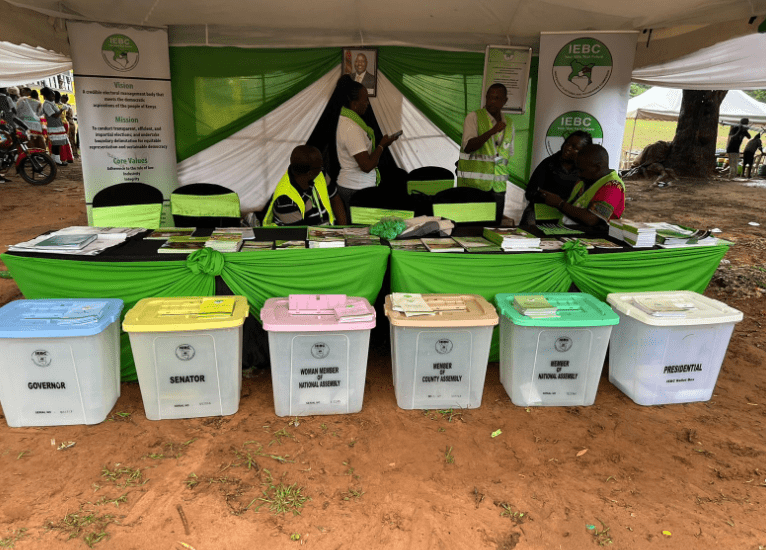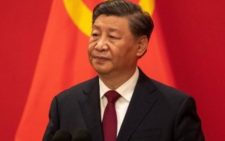Why Raila opted for pragmatic political move
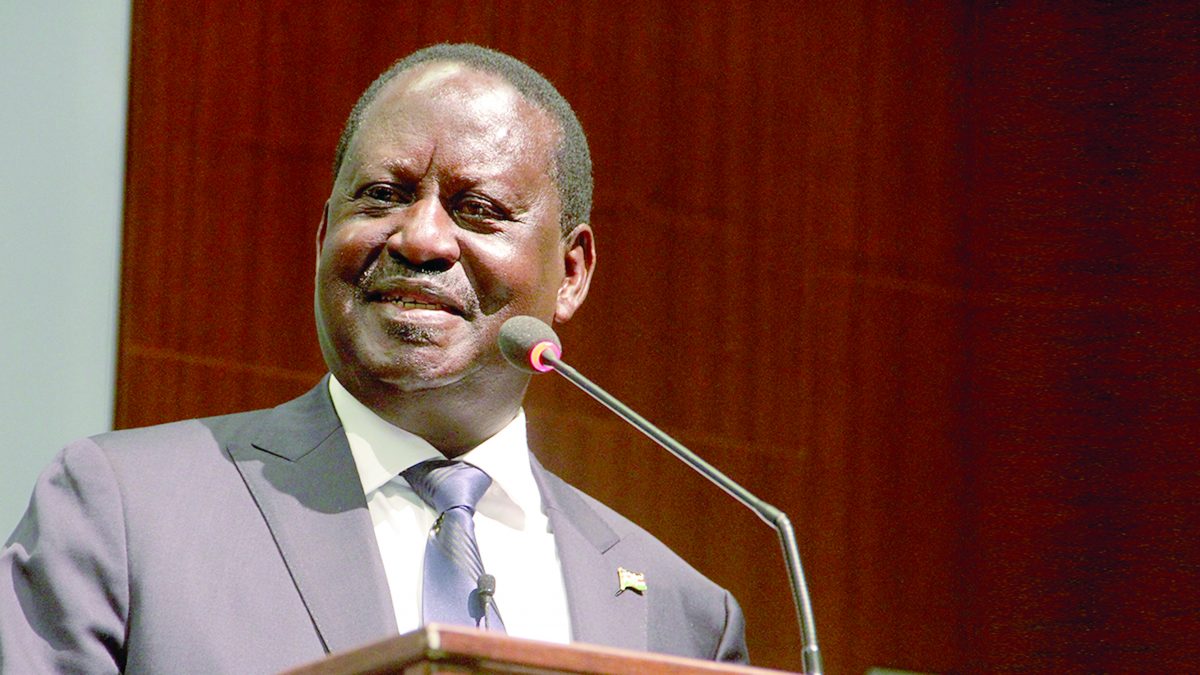
When two elephants fight, it is the grass that suffers, so goes the popular African saying.
Nowhere does this adage apply better than in the political contest between President William Ruto and Opposition leader Raila Odinga.
The bitter rivalry between the former political allies-turned-foes climaxed in the disputed August 2022 presidential election that Raila claims he was robbed of.
He made a similar claim in the 2007 election that pitted him against Mwai Kibaki when Ruto was his close lieutenant and again in the 2012 and 2017 elections when Ruto joined forces with Uhuru Kenyatta to challenge him.
Raila has never accepted that he lost these elections and indeed the narrow margins of the legally validated wins of his opponents may seem to justify the political credibility of his claims.
His challenge of the contentious results has been the subject of gripping petitions in the Supreme Court and has cast a dark shadow of suspicion on the electoral system that still pervades the national political landscape.
The situation worsened way before the 2022 election when Ruto declared war against Uhuru, more so when he entered into a political “handshake” with Raila and eventually endorsed him to challenge the then Deputy President for the top seat.
A shock disputed loss in that election only fuelled animosity across the political divide. Such was the bitterness between the two warring “elephants” extending to their allies and supporters that the nation remains divided right down the middle.
Only a truce initiated by the two leaders provided temporary relief after mass protests called by Raila threatened to cause further political disintegration and massive economic disruptions.
The negotiated settlement on a host of critical issues including economic hardship and demands for electoral justice emanating from the disputed 2022 presidential election is lined up for debate in Parliament shortly.
It was, therefore, a surprising and intriguing development when photographs emerged of Ruto and Raila in discussions with President Yoweri Museveni at his country home in Uganda.
The unannounced meeting came a few days after Ruto stated support for Raila’s candidature for the African Union (AU) Commission chair. Other than hinting that they discussed East African Community matters, Museveni also declared that he would propose Raila for the AU position.
What is clear now is that long before the rendezvous with Museveni, a political “handshake” had indeed happened between Raila and Ruto, as vindicated by the formation of the National Dialogue Committee and the parley in Uganda.
Raila’s bid for the top AU Commission seat was revealed in the presence of retired President of Nigeria Olusegun Obasanjo, a respected statesman globally and a special envoy of the AU and the United Nations.
In 2021, I interviewed Obasanjo on a different subject, but he did not hide his close association with Raila and Kenya, expressing happiness at the “handshake” with Uhuru saying it was good for the country.
Well, it appears the naysayers have been silenced, we are in “handshake” season again. Raila’s rapprochement with Ruto has proved his mettle as an astute politician linked to leaders across Africa, boosting his chances of securing the AU job.
For Ruto, the political reality in the saying that when two elephants fight it is the grass (people) that suffer, has certainly come to pass.
—The writer comments on politics and governance —albertoleny@gmail.com
